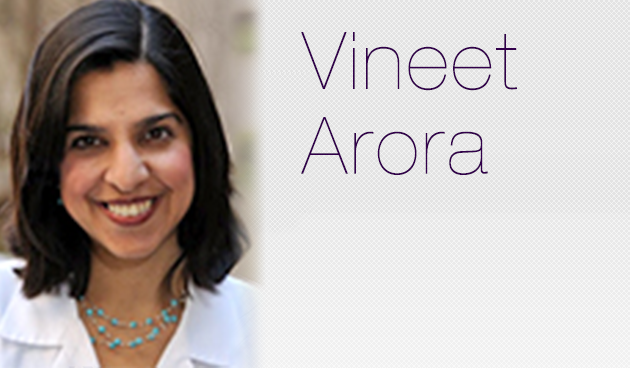Oftentimes that can be how hospitalists feel as they “battle” to provide high-value care (better care at lower cost) for their patients. But it does not need to be this way; there is a whole world all around us – doctors, nurses, pharmacists, and social workers – that can help combat the problems of overuse, inefficiencies, and patient safety lapses.
While hospitalists often spend somewhere between a few minutes and an hour total each day at a patient’s bedside, nurses are there all day long. They see everyday pragmatic opportunities to prevent low-value care through the daily labs, specimens and cultures, x-rays, medications, electrocardiograms, and so on that are ordered for patients. And since nurses spend the most time at the point-of-care, they are essential to professionally communicating and collaborating with the inter-professional team when changes in patients’ conditions or plans of care occur.
So, how do you incorporate nurses in the imperative to provide the best care for patients? Start with a few simple questions to open up the conversation:
- 1. “What’s going on?” – Unless it’s a true emergency, prior to going in to see the patient, find the nurse and ask, “What’s going on?” As we all know, patients and families disclose to nurses all kinds of factual information, opinions, hopes, and fears that they have difficulty disclosing to other healthcare providers. Nurses also have a keen eye for what hazards patients face from prolonged hospitalization. By eliciting this information, its more likely you will be able to deliver care that is not only patient-centered, but also high value. For example, its more likely that a nurse will tell you that the patient has started to develop skin breakdown and needs pressure reduction interventions rather than you discovering it yourself.
- 2. “What seems wasteful or unnecessary for this patient?” – Simply asking nurses what care they think may be wasteful or unnecessary for a particular patient, and more importantly why they think so, will often yield thoughtful insights. Nurses may point out that a patient is ordered for daily morning labs and ask whether he needs labs tomorrow morning since the plan is for likely discharge. Perhaps the nurse may point out the patient has been awoken every night for vitals despite being low risk for clinical decompensation. They may also question why the patient is still on telemetry. All of these are potential high-value care opportunities, and in fact are all recommendations that are part of the Choosing Wisely.
- 3. “What else can we do instead?” – Prior to adopting an intensive therapeutic or management strategy, consider whether a less intrusive or less expensive alternative can be delivered by collaborating with the nurse. The nurse is essentially always with the patient, or a call light away to meet their needs. The nurse can assess for improved or worsening signs and symptoms and evaluate interventions. It helps when you can talk to the nurse about specifically what you may be worried about and what to look for. You can empower and engage nurses to be your watchful eyes. For example, instead of ordering a sitter immediately for a patient at high risk for delirium, engage the nurse to find out if the patient can be verbally oriented, if family or friends can be engaged to visit often, and if sleep disruptions can be minimized. Moreover, the nurse may have crucial observations, such as noting a specific medication was associated with increased delirium and want to talk about modifying the medication regimen.
What other ideas do you have for creating inter-professional efforts to reduce routine, wasteful care in hospitals? At Hospital Medicine 2016, we will host an interactive workshop based on the popular TV show “Shark Tank” for developing, sharing, and pitching the best ideas for value improvement initiatives that engage the collaborative work of hospitalists and nurses. Come join us on Tuesday March 8 from 4:30-6pm at Hospital Medicine 2016 for “Shark Tank, Costs of Care Edition: Designing High-Impact Value Improvement Projects Worthy of Investment.” You may just win a prize and get an idea to try at home with a nurse.
Presented by:
- September Wallingford, RN is Director of Operations at Costs of Care and a practicing nurse at Brigham & Women’s Hospital
- Chris Moriates, MD is Director of Implementation Initiatives at Costs of Care and a hospitalist at University of California at San Francisco
- Vineet Arora MD MAPP is Director of Educational Initiatives at Costs of Care and a hospitalist at University of Chicago



Leave A Comment